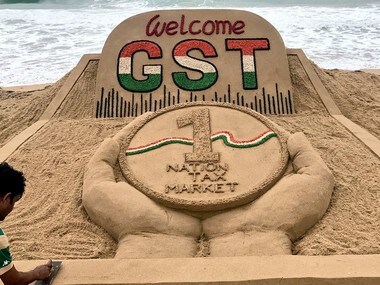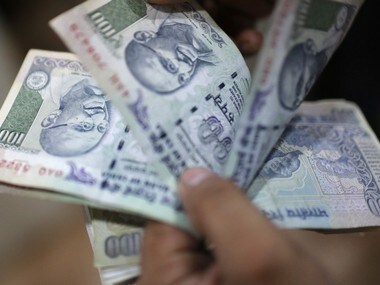The implementation of Goods and Services Tax (GST) has been a bumpy road so far, sending businesses and revenue collections into a tailspin. This common hardship (to bureaucrats, consumers and business alike!) may cause cynics to spell doom for the tax altogether.
It may, however, be borne in mind that a reform of such magnitude is impossible to achieve, without friction. The comfort with the erstwhile tax system should not blind us to its inefficiencies. A certain degree of difficulty to achieve lasting reform is well in order.
The government has vigilantly kept its ears to the ground and has periodically revised rates and procedures. The 25th GST Council meeting on 18 January concluded with a range of relaxations and clarifications.
Considering the gravity of what’s planned, it always helps to have a heads-up. Sifting through the realm of conjecture, the trade and industry expects the following few steps that may see the light on Budget day:
1) Perhaps the most significant overhaul may be in compliance timelines. GST was premised on three returns filed monthly – sales, purchases and reconciliation. Weary of this elaborate set-up, a single return may be prescribed going forward.
2) Matching of each invoice was such a pain-point that the process has barely reached a functional stage. Complete elimination is not on the agenda, considering its importance in replacing manual administrative matching – but a simplified process in its place is expected.
3) Anti-profiteering provisions may be elaborated to provide stable guidelines to businesses. More clarity on credit availment and passing on such credits is urgently required. Many new businesses who are trying to compete with established players were already making losses. The credits in GST regime would help them in maintaining their losses at acceptable levels, considering the other operational spends which are on the rise. Forcing them to further reduce their prices, could probably push them out of business.
4) For Inverted Duty structures only tax paid on ‘inputs’ (i.e. goods) is compared with output liability, and if found to exceed the credits, are refundable. This ignores tax paid on ‘input services’, a pre-requisite for any modern business, such as expenses on marketing and advertising. A considerate and broadminded view would help the businesses facing such a situation.
5) The Input Service Distributor vis-à-vis Cross charges is creating complex interpretations. Clear guidelines would help clear the confusion.
6) The erstwhile regime required Service providers having multiple state presence to be centrally registered at the Office where billing / accounting was maintained. In GST the requirement of obtaining state-wise registrations especially for banks, insurance and financial institutions, etc., poses a significant challenge and increases their compliance requirements substantially. Alternatively, the government may relax these requirements and allow such service providers to be centrally registered and remit taxes based on the destination principle.
7) Addressing the backlog of refunds and fine-tuning GST to the needs of exporters continues to be a challenge for the Government. However, immediate attention in addressing their woes, will rebuild confidence in the Exporter community. While SEZ units enjoy the benefit of zero-rated supplies from domestic suppliers, clarity in terms of conditions and procedures is expected.
8) Exporters who are granted Scrips under schemes of the Foreign Trade Policy are not allowed to offset these Scrips towards payment of GST, resulting in blockage of Funds. An amendment to allow offset of GST against Scrips would comfort exporters.
The above mentioned expectations, if met, would surely make the GST – ‘better and simpler’.
Click here for full coverage of Union Budget 2018
(The writer is Partner, KPMG in India)
Published Date: Jan 26, 2018 09:06 AM | Updated Date: Jan 26, 2018 09:06 AM





















